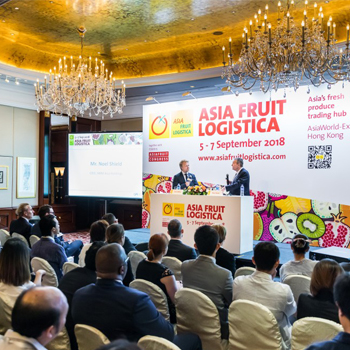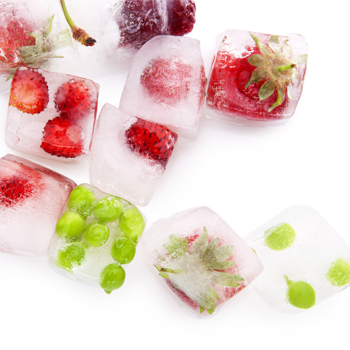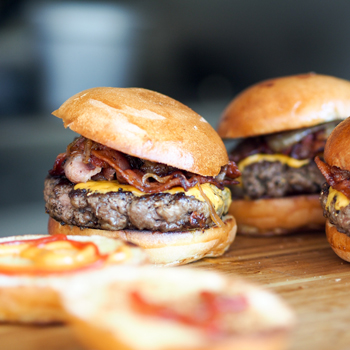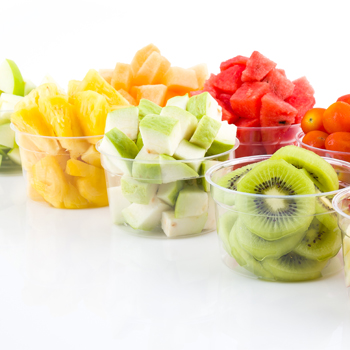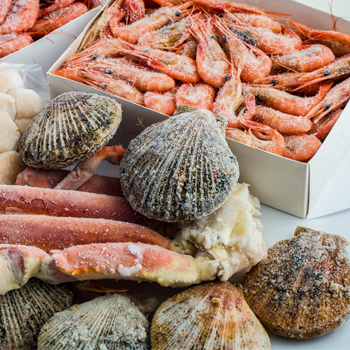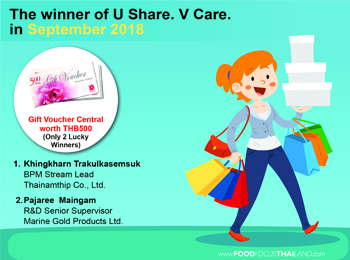งานแสดงสินค้านานาชาติด้านผักและผลไม้แห่งภูมิภาคเอเชียเปิดฟลอร์ต้อนรับผู้เข้าร่วมชมงานในปีนี้จำนวน 13,500 ราย ซึ่งเพิ่มมากขึ้นจากปีที่ผ่านมา เมื่อวันที่ 5-7 กันยายน 2561 ณ AsiaWorld-Expo Center ฮ่องกง สำหรับงานในปีนี้เน้นส่งเสริมกิจกรรมทางธุรกิจหลากหลายรูปแบบ โดยได้รับความสนใจจากผู้เข้าร่วมชมงานมากขึ้นซึ่งทุกคนล้วนเป็นผู้ค้าระดับคุณภาพจากกว่า 70 ประเทศทั่วโลก ประกอบด้วยผู้ซื้อซึ่งเป็นตัวแทนของตลาดหลักๆ ทั่วทั้งเอเชียอีกกว่า 20 แห่ง
ด้านคุณภาพของผู้เข้าร่วมชมงาน พบว่าร้อยละ 89 นั้นอยู่ในระดับผู้บริหาร และร้อยละ 87 มีความเกี่ยวข้องกับกระบวนการจัดซื้อและเป็นผู้มีอำนาจในการตัดสินใจ โดยผู้เข้าร่วมชมงานส่วนใหญ่หรือกว่าร้อยละ 90 ยืนยันเป็นเสียงเดียวกันถึงความพึงพอใจอย่างมากสำหรับงานในปีนี้ ทางด้านผู้ร่วมจัดแสดงสินค้ามีการขยายพื้นที่จัดแสดงเพิ่มขึ้นมากกว่าปีก่อนประมาณร้อยละ 10 โดยมีจำนวนบริษัทที่ร่วมจัดแสดงสินค้ามากถึง 826 บริษัท จาก 46 ประเทศทั่วโลก และพาวิเลียนต่างประเทศปีนี้เพิ่มมากขึ้นจากปีก่อนเช่นกัน โดยมีสถิติอยู่ที่ 27 พาวิเลียน
ผลตอบรับที่ล้นหลามของผู้เข้าฟังสัมมนาในฮอลล์ฟอรัม COOL LOGISTICS ASIA และ SMART HORTICULTURE ASIA โดยหัวข้อทางด้านบรรจุภัณฑ์ การลงทุนทางด้านการขนส่งในห่วงโซ่ความเย็น และบล็อกเชนนั้นได้รับความสนใจมากที่สุด
งานประชุมวิชาการ ASIAFRUIT CONGRESS ในปีนี้ได้ถือโอกาสฉลองครบรอบ 20 ปี ท่ามกลางการร่วมแสดงความยินดีจากผู้เข้าร่วมงานมากกว่า 450 คน จาก 41 ประเทศทั่วโลก เพิ่มขึ้นจากปีก่อนถึงร้อยละ 20 และเรียกได้ว่าเป็นสถิติใหม่ที่มากที่สุดตั้งแต่ย้ายมาจัดงานที่ AsiaWorld-Expo เมื่อปี 2012
ลงปฏิทินไว้ได้เลยสำหรับผู้ที่สนใจงานแสดงสินค้า ASIA FRUIT LOGISTICA ในปีต่อไปจะจัดขึ้นระหว่างวันที่ 4-6 กันยายน 2562 และงานประชุมวิชาการ ASIAFRUIT CONGRESS จะจัดขึ้นในวันที่ 3 กันยายน 2562 ณ AsiaWorld-Expo Center ฮ่องกงที่เดิม…เพิ่มเติมคือความยิ่งใหญ่กว่าทุกปี!
There’s been high business activity on the trade show floor, active participation in the Hall Forums, and high-profile trade visitors from over 70 countries, including buyers representing more than 20 key markets across Asia. Some 13,500 trade visitors poured through the doors of Hong Kong’s AsiaWorld-Expo Center on 5-7 September, marking a healthy increase in attendance on last year’s edition.
The vast majority (90 per cent) of trade visitors confirmed a positive impression of this year’s trade show, according to visitor survey results. The results also confirmed the high quality of trade visitors, with 89 per cent holding leading management positions in their companies, and 87 per cent closely involved in the purchasing and procurement decision-making process. Visitors found an exhibition that had expanded again, with overall floor space growing by 10 per cent on last year’s edition. Exhibitor numbers saw a further increase to 826 companies representing 46 different countries and all continents. The number of national pavilions also increased this year, with some 27 countries featured.
Hall Forums COOL LOGISTICS ASIA and SMART HORTICULTURE ASIA. Sessions on packaging, cold chain investments and blockchain attracted the highest numbers.
Taking place the day before ASIA FRUIT LOGISTICA, ASIAFRUIT CONGRESS celebrated its 20th anniversary with a bumper crowd. More than 450 delegates from 41 different countries attended Asia’s premier conference event on 4 September, marking a 20 per cent increase on last year’s edition, and a record number since the event moved to AsiaWorld-Expo in 2012.
The next edition of ASIA FRUIT LOGISTICA takes place on 4-6 September 2019 at AsiaWorld-Expo Center in Hong Kong. ASIAFRUIT CONGRESS takes place on 3 September at the same venue.
